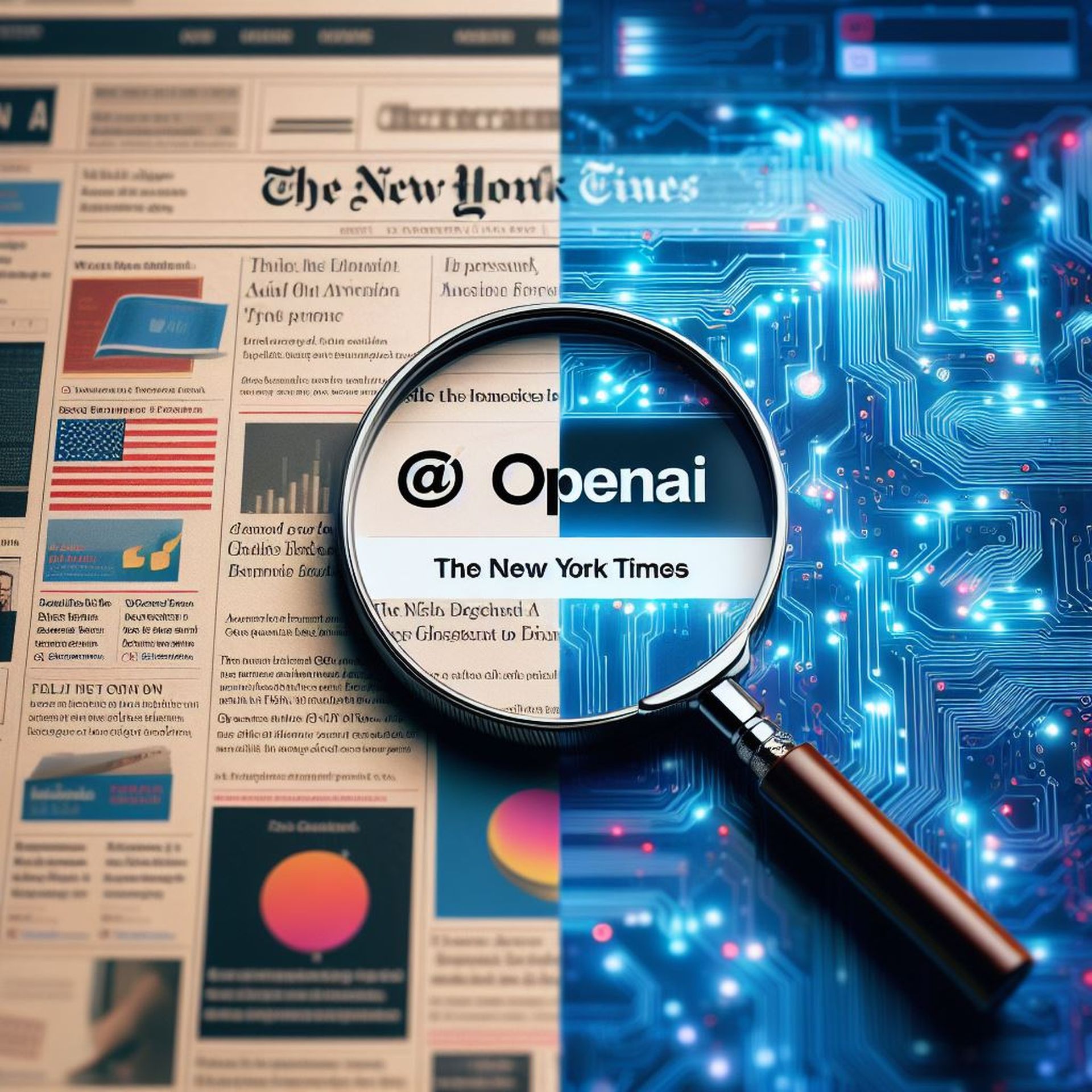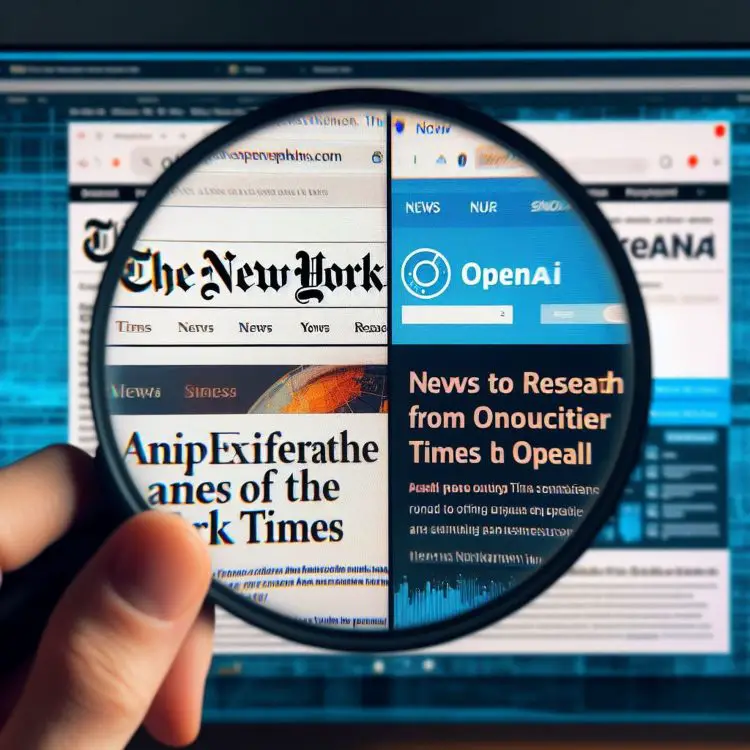OpenAI allegedly began talks with The New York Times before the lawsuit, envisioning a collaborative alliance to integrate live content, potentially transforming reader engagement. Yet, this promising narrative drastically altered course as The New York Times took a surprising turn, opting to file a lawsuit against OpenAI.
The allegations accused OpenAI of copyright infringement, asserting that the tech giant had improperly utilized NYT’s articles for training AI models without authorization. This abrupt transformation from collaborative negotiations to legal confrontation raises profound questions about the ethical bounds of AI innovation and the safeguarding of intellectual property rights in the digital landscape.
OpenAI & NYT saga continues
The conflict between OpenAI and The New York Times (NYT) revolves around allegations of copyright infringement and the contentious use of NYT’s content by OpenAI in training its AI models, particularly automated chatbots. The NYT initiated a lawsuit against OpenAI on December 27, alleging that OpenAI violated copyright law by utilizing millions of NYT articles without proper authorization.
OpenAI, in response, revealed a different perspective on the situation. The company claimed that discussions regarding potential collaboration with the NYT were underway prior to the lawsuit. OpenAI suggested that the talks indicated positive progress, focusing on a prospective partnership to integrate real-time display with attribution in ChatGPT, a move aimed at providing readers a new way to engage with NYT’s content while allowing OpenAI users access to their reporting.
 However, OpenAI expressed surprise and disappointment at the abrupt shift from collaborative discussions to legal action initiated by the NYT. OpenAI countered the allegations by stating that any material derived from NYT articles was sourced from older pieces republished on third-party websites. OpenAI further accused the NYT of intentionally manipulating prompts to elicit specific responses from its AI models, a practice deemed uncommon and against OpenAI’s terms of use.
However, OpenAI expressed surprise and disappointment at the abrupt shift from collaborative discussions to legal action initiated by the NYT. OpenAI countered the allegations by stating that any material derived from NYT articles was sourced from older pieces republished on third-party websites. OpenAI further accused the NYT of intentionally manipulating prompts to elicit specific responses from its AI models, a practice deemed uncommon and against OpenAI’s terms of use.
The NYT’s stance primarily emphasizes the alleged misuse of its content by OpenAI, highlighting concerns about the potential replication of its articles without consent. The newspaper’s lawsuit claims that OpenAI’s use of NYT content for AI training purposes violates copyright laws, alleging unauthorized access and utilization of their proprietary material.
Despite OpenAI’s assertions of a potential partnership and efforts to engage constructively with the NYT, the legal dispute between these entities underscores broader discussions surrounding the ethical boundaries of AI technology, fair access to information, and the protection of intellectual property rights in the digital age.
The NYT’s turn toward legal action against OpenAI marks a significant shift from the potential collaborative efforts discussed earlier, signaling a breakdown in negotiations and a stark disagreement over the use of NYT’s content in AI training by OpenAI. This shift underscores the complexity and challenges inherent in navigating the intersection of technological innovation, copyright protection, and ethical considerations in the realm of artificial intelligence.





